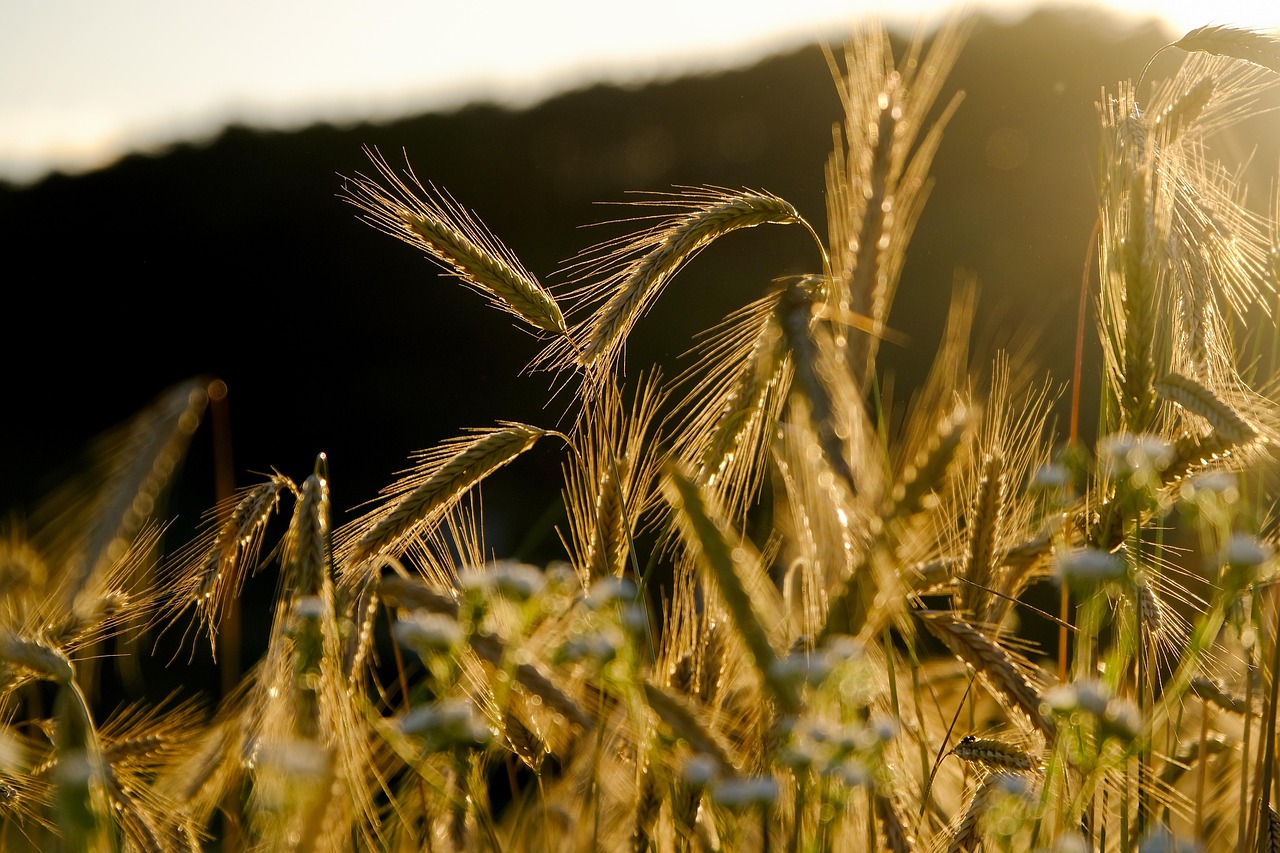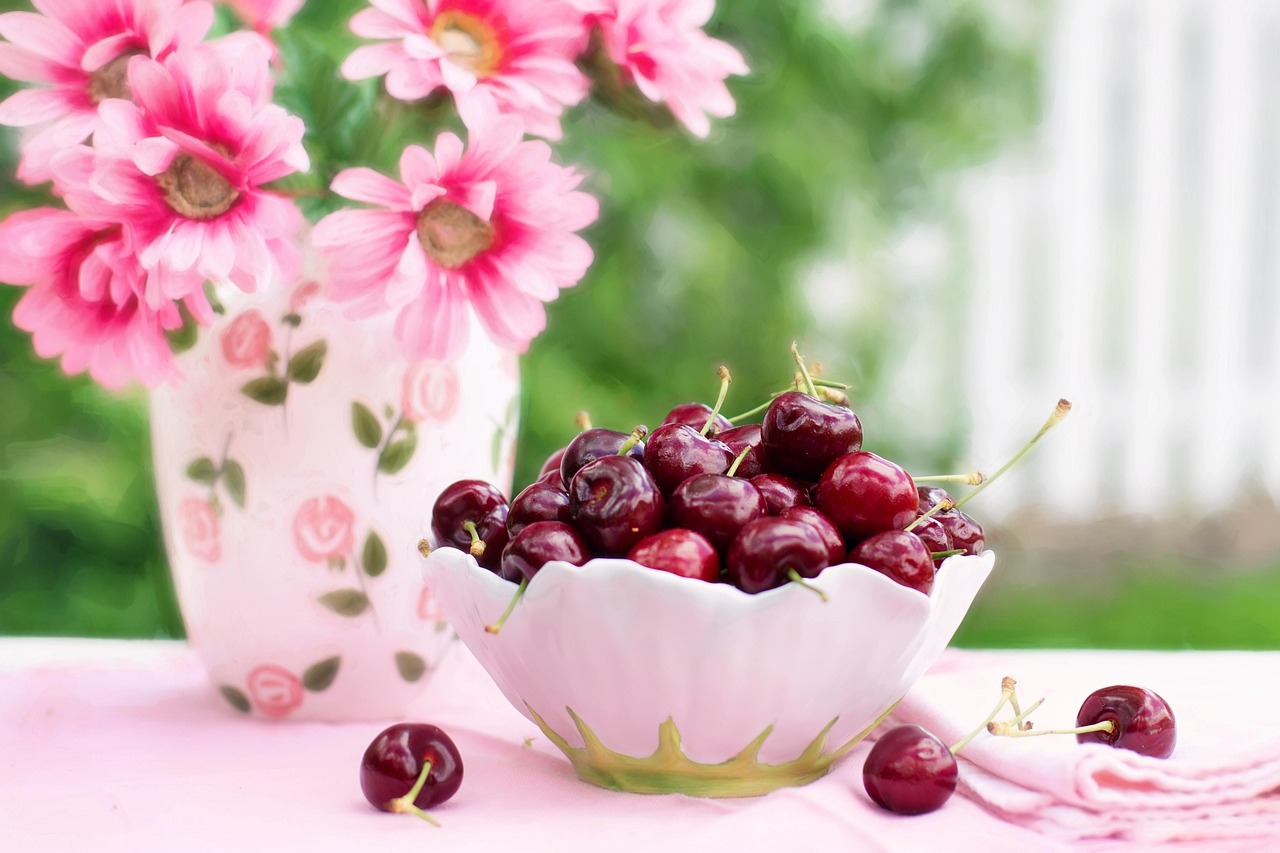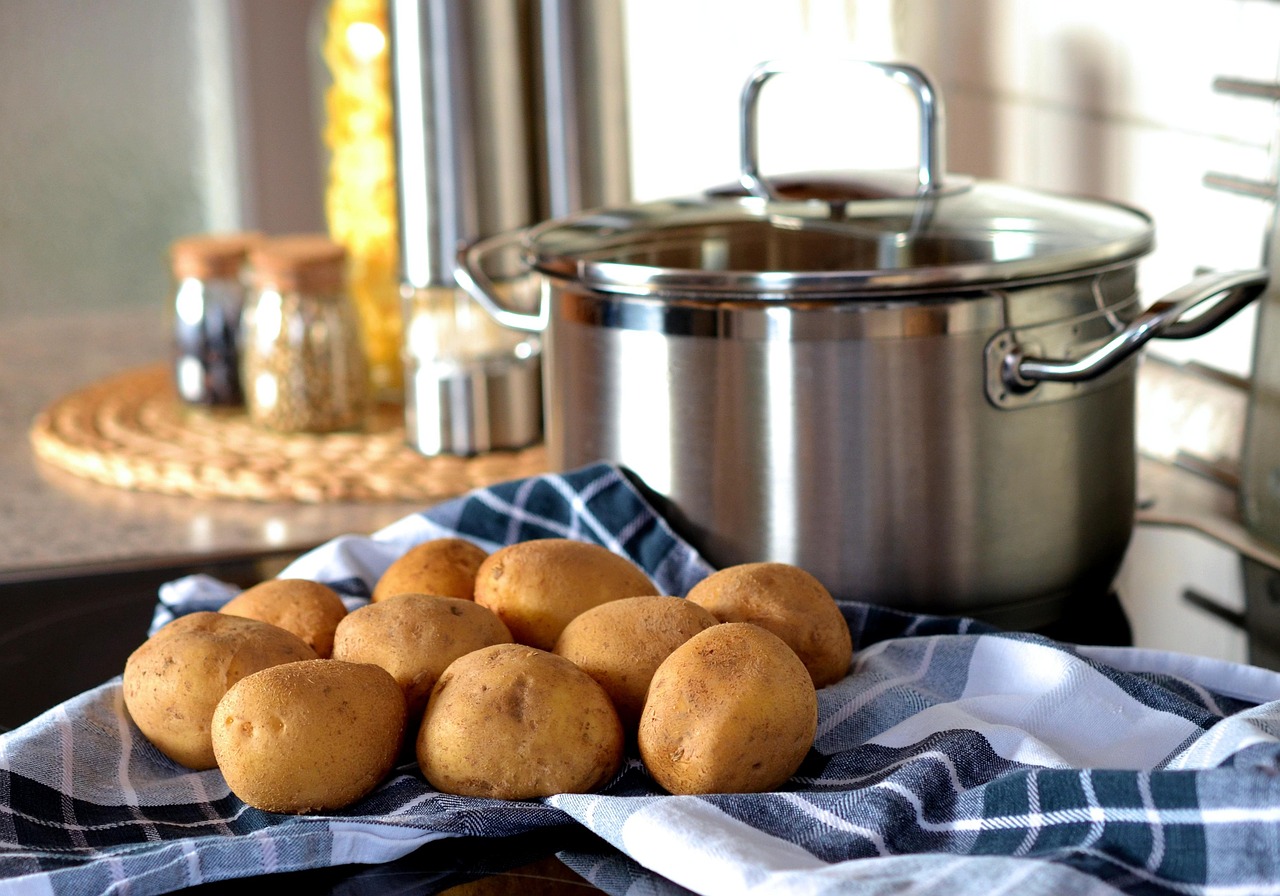Crops in pots allow gardeners to grow vegetables in limited spaces, making container gardening an ideal solution for urban dwellers or those with small yards. With the right containers, soil, and care, a variety of vegetables can thrive in pots.
Understanding Vegetable Container Gardening

Container gardening is a popular method of growing plants in any available space. It offers flexibility, convenience, and accessibility. This gardening approach can be particularly beneficial for individuals who may not have access to traditional garden plots. Whether you live in an apartment with a balcony or a house with a small yard, you can cultivate your own vegetables.
Growing vegetables in pots not only optimizes space but also allows for better control over soil quality and moisture levels. Additionally, it can help in extending the growing season. Containers can be moved to take advantage of sunlight or shelter from harsh weather, giving the gardener more options for plant care.
Benefits of Growing Vegetables in Pots
There are numerous advantages to growing crops in containers. Here are some key benefits:
- Space Efficiency: Ideal for limited spaces such as balconies, patios, or small gardens.
- Soil Control: You can customize the soil mix to suit specific plant needs.
- Mobility: Containers can be moved to optimize sunlight exposure or protect plants from extreme weather.
- Pest Management: Containers can help reduce pest problems, as they are easier to monitor and manage.
- Accessibility: Easier for people with mobility issues to tend to their plants.
Selecting the Right Containers
The choice of container is crucial for successful vegetable gardening. Not all pots are suitable for every type of vegetable. Here are some factors to consider when selecting containers:
- Size: The container should be large enough to accommodate the root system of the vegetable. For example, tomatoes require larger pots compared to herbs.
- Material: Common materials include plastic, clay, wood, and metal. Each has its pros and cons regarding insulation and drainage.
- Drainage: Ensure that containers have adequate drainage holes to prevent waterlogging, which can lead to root rot.
Essential Soil Mix for Container Gardening
The soil used in container gardening is different from garden soil. A good potting mix should provide proper aeration and drainage while retaining moisture. Here are some components commonly used in potting mixes:
| Component | Description |
|---|---|
| Pine Bark | Provides aeration and retains moisture without becoming compacted. |
| Coconut Coir | A sustainable option that improves moisture retention and aeration. |
| Perlite | A lightweight material that enhances drainage and aeration. |
| Compost | Adds nutrients and beneficial microorganisms to the mix. |
A well-balanced potting mix will ensure that your container plants have the best chance at thriving. Consider adding slow-release fertilizers to provide essential nutrients throughout the growing season.
Choosing the Right Vegetables for Pots
Not all vegetables are suited for container gardening. Some do better in pots than others. Here is a list of vegetables that thrive when grown in containers:
- Tomatoes
- Peppers
- Lettuce
- Radishes
- Herbs (such as basil, parsley, and cilantro)
Understanding the growth habits of these plants will help you make informed choices about your gardening efforts. Each plant has unique space requirements and growth patterns that should be considered when planning your vegetable garden in pots.
Essential Care Tips for Container Vegetables
Caring for vegetables grown in pots requires attention to several key factors. These include watering, sunlight exposure, and pest management. Each of these elements plays a crucial role in the health and productivity of your container garden.
Watering Your Container Plants
Watering is one of the most critical aspects of container gardening. Pots can dry out more quickly than garden beds, so it is essential to monitor moisture levels regularly. Here are some tips for effective watering:
- Check Soil Moisture: Before watering, stick your finger about an inch into the soil. If it feels dry, it’s time to water.
- Watering Technique: Water deeply and evenly until you see water draining from the bottom of the pot. This ensures that the entire root system receives moisture.
- Factors Affecting Water Needs: Consider factors such as temperature, humidity, and plant size, as these can affect how much water your plants need.
Sunlight Requirements
Sunlight is vital for photosynthesis, the process through which plants create energy. Most vegetables require at least six hours of direct sunlight each day. Here are some considerations:
- Location: Place your pots in a location that receives adequate sunlight. South-facing balconies or patios are typically the best spots.
- Shading Options: If you live in a particularly hot area, consider using shade cloth to protect plants during the hottest part of the day.
- Rotating Pots: To ensure even growth, rotate your pots regularly. This helps prevent plants from leaning towards the light.
Pest and Disease Management
Pests and diseases can pose significant challenges in container gardening. However, there are effective strategies to manage these threats:
- Regular Inspection: Examine your plants weekly for signs of pests or disease, such as discoloration or unusual markings.
- Natural Remedies: Use insecticidal soap or neem oil for pests while avoiding harsh chemicals that can harm beneficial insects.
- Companion Planting: Consider planting herbs or flowers alongside your vegetables to deter pests naturally. For example, marigolds are known to repel aphids and nematodes.
Fertilizing Container Vegetables
Fertilization is essential for container-grown vegetables since nutrients can leach out of the potting mix with regular watering. Here are some fertilizer tips:
- Types of Fertilizers: Use either granular slow-release fertilizers or liquid fertilizers. Granular options provide nutrients over time, while liquid fertilizers can deliver immediate nutrition.
- Application Frequency: For granular fertilizers, apply every 4-6 weeks during the growing season. Liquid fertilizers may require more frequent applications, often every 1-2 weeks.
- Nutrient Needs: Different crops have varying nutrient requirements. Leafy greens may need more nitrogen, while fruiting plants like tomatoes may benefit from higher potassium levels.
Seasonal Considerations in Container Gardening

The changing seasons bring different challenges and opportunities for container gardeners. It is essential to adapt your gardening practices throughout the year:
Spring Planting
Spring is an excellent time to start your vegetable container garden. Choose fast-growing varieties like radishes and lettuce for early harvests. Prepare your pots by refreshing the potting mix and ensuring that your containers are clean.
Summer Care
During the summer months, monitor moisture levels closely as heat can cause soil to dry out rapidly. Consider using mulch on top of the soil to help retain moisture and keep roots cool.
Fall Harvesting
As temperatures begin to cool in the fall, you can start harvesting many crops. Consider planting fall crops like kale and spinach that thrive in cooler weather.
Winter Gardening
If you live in a milder climate, you may still grow certain vegetables in winter. Use frost protection covers or move pots to sheltered areas to extend the growing season.

Understanding seasonal changes can help you maximize your vegetable yield and ensure a successful garden throughout the year.
Companion Planting in Container Gardens
Companion planting is the practice of growing different plants together to enhance growth, deter pests, and maximize space. This method can be particularly effective in container gardening, where space is limited. Understanding which plants work well together can help you create a thriving vegetable garden.
Benefits of Companion Planting
Companion planting offers several advantages that can improve the overall health and productivity of your container garden:
- Pest Control: Certain plants can repel pests that might harm your vegetables. For example, marigolds are often planted alongside tomatoes to deter nematodes.
- Improved Growth: Some plants can enhance each other’s growth by providing shade or support. For instance, climbing beans can grow up trellises, helping to provide shade for lower-growing plants.
- Soil Health: Different plants contribute various nutrients to the soil. Legumes, such as peas and beans, fix nitrogen in the soil, benefiting nearby plants.
Popular Companion Plant Combinations
Here are some effective companion planting combinations that work well in container gardens:
- Tomatoes and Basil: Basil not only enhances the flavor of tomatoes but also repels harmful insects.
- Carrots and Onions: These two crops can coexist peacefully, as their scents mask each other from pests.
- Lettuce and Radishes: Radishes grow quickly and can be harvested before lettuce requires more space, allowing you to utilize the container effectively.
- Cucumbers and Nasturtiums: Nasturtiums attract aphids away from cucumbers while adding beauty to the garden.
Choosing the Right Tools for Container Gardening
Having the right tools is essential for maintaining a successful container garden. Here are some basic tools that every container gardener should consider:
- Watering Can: A watering can with a long spout allows for precise watering without disturbing the plants.
- Hand Trowel: A small hand trowel is ideal for digging, transplanting, and mixing soil in containers.
- Pruning Shears: Use pruning shears for trimming and harvesting vegetables to encourage healthy growth.
- Gardening Gloves: Protect your hands from soil and sharp objects with a good pair of gardening gloves.
Recycling and Upcycling Containers

Container gardening offers an excellent opportunity to recycle and upcycle items that you might otherwise discard. Many everyday objects can serve as effective planting containers:
- Old Buckets: Metal or plastic buckets are sturdy options for growing vegetables.
- Wooden Crates: Wooden crates can be transformed into rustic planters with proper drainage holes.
- Tires: Old tires can be stacked to create unique planters for larger crops.
- Jars and Cans: Small jars or cans can be used for herbs or small vegetable plants; just make sure to add drainage holes.
When using recycled containers, ensure they are clean and safe for planting. Avoid using materials that may leach harmful chemicals into the soil.
Understanding Container Gardening Challenges
While container gardening has many benefits, it also presents unique challenges. Being aware of these challenges can help you prepare and adapt your gardening practices accordingly:
Limited Space for Root Growth
Containers restrict root space, which can limit the growth potential of plants. To address this issue:
- Select Appropriate Varieties: Choose compact or dwarf varieties of vegetables that are well-suited for container growth.
- Use Larger Containers: Whenever possible, opt for larger pots that allow for deeper root systems, which can enhance plant health.
Difficulties in Temperature Regulation
Pots can heat up quickly in the sun or cool down rapidly at night. To manage temperature fluctuations:
- Insulate Containers: Use insulating materials around pots to help maintain consistent temperatures.
- Group Pots Together: Placing pots close together can create a microclimate that helps regulate temperature and retain moisture.
Nutrient Depletion
Nutrients in potting soil can become depleted over time. To combat this issue:
- Regular Fertilization: Follow a consistent fertilization schedule to replenish nutrients in the soil.
- Crop Rotation: Rotate the types of vegetables grown in each container to prevent nutrient depletion specific to certain crops.
By understanding and addressing these challenges, you can enhance your container gardening experience and achieve a bountiful harvest.
Maximizing Your Container Gardening Success
To ensure a successful vegetable container garden, it’s essential to focus on a few key practices that can enhance growth and yield. These practices include monitoring plant health, optimizing space, and using innovative planting techniques.
Monitoring Plant Health
Regularly observing your plants allows you to catch issues before they escalate. Here are some ways to keep an eye on plant health:
- Daily Checks: Spend a few minutes each day inspecting your plants for signs of stress, pests, or disease.
- Leaf Color and Texture: Healthy leaves should be vibrant and firm. Yellowing or wilting leaves can indicate problems such as nutrient deficiencies or underwatering.
- Growth Patterns: Monitor the growth rate of your vegetables. Stunted growth may suggest issues with soil, watering, or light exposure.
Optimizing Space with Vertical Gardening
If you’re facing limitations in space, consider vertical gardening techniques. Utilizing vertical space allows you to grow more plants without requiring additional ground area. Here are some methods to incorporate vertical gardening into your container setups:
- Trellises: Use trellises for climbing plants like cucumbers and peas. This not only saves space but also improves air circulation around the plants.
- Wall Planters: Install wall-mounted planters to grow herbs or small vegetables. These can be placed on walls or fences, providing easy access.
- Hanging Baskets: Utilize hanging baskets for trailing plants like strawberries or cherry tomatoes, adding beauty and functionality to your garden.
Innovative Planting Techniques
Experimenting with different planting techniques can lead to more efficient use of space and resources. Consider the following methods:
- Intercropping: Planting different crops in the same container can maximize yield. For example, grow fast-maturing crops like radishes alongside slower-growing plants like carrots.
- Succession Planting: As soon as one crop is harvested, plant another in its place to ensure a continuous supply of vegetables throughout the season.
- Square Foot Gardening: This method involves dividing containers into sections for growing different types of vegetables, making it easier to manage spacing and care.
Conclusion
Crops in pots can transform limited spaces into productive vegetable gardens, offering numerous benefits including convenience, flexibility, and the opportunity for urban gardening. By understanding key aspects such as soil composition, water management, pest control, and seasonal care, you can create a thriving environment for your container-grown vegetables.
Implementing strategies like companion planting and utilizing vertical gardening can further enhance your gardening experience. Regular monitoring of plant health and innovative planting techniques will help you maximize yields while minimizing challenges.
Container gardening invites creativity and experimentation. Whether you are a seasoned gardener or just starting, the joy of growing your own vegetables in pots can be incredibly rewarding. As you explore this gardening method, remember that adaptability is key; adjust your strategies based on your unique growing conditions and plant varieties. With patience and care, you can enjoy fresh produce from your very own container garden throughout the seasons.
